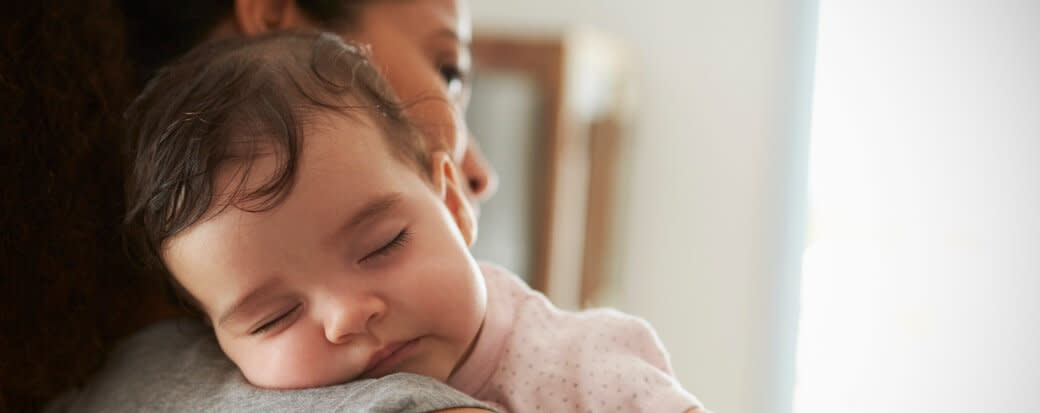How Much a Baby Costs the First Year

Share this article:
Editor’s note: Lantern by SoFi seeks to provide content that is objective, independent, and accurate. Writers are separate from our business operation and do not receive direct compensation from advertisers or network providers. Read more about our Editorial Guidelines and How We Make Money.
Average Cost of a Baby the First Year
What’s Included in the Average Cost of a Baby the First Year
Carriers and Car Seats
Nursery Furnishings
Crib or bassinet: $120-$1,000 Crib mattress: $30-$230 Crib sheets: $10-$100 Changing table: $100-$200 Nursing chair: $130-$1,100 Monitor: $15-$200 Diaper pail: $28-$130 Baby bath: $10-$40 High chair: $70-$150 Bouncer seat: $40-$210
Medical Bills
Nursing Supplies and Baby Food
Diapers
Expenses You May Cut the First Year
Dining Out
Entertainment
Travel
Shopping
How To Know if You Can Afford To Have a Baby
Find a budgeting style that works for you Earn interest on your savings with a high-yield savings account Consider opening a brokerage account to grow your money even more Review your insurance policies Make sure you understand your maternity and paternity leave policies
The Takeaway
Frequently Asked Questions
Photo credit: iStock/monkeybusinessimages
LNTPL-Q125-049
About the Author
Rebecca Safier has nearly a decade of experience writing about personal finance. Formerly a senior writer with LendingTree and Student Loan Hero, she specializes in student loans, financial aid, and personal loans. She is certified as a student loan counselor with the National Association of Certified Credit Counselors (NACCC).
Share this article: